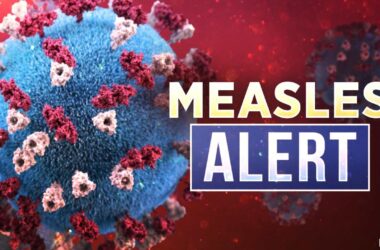The internal structure of a human cell in simulated gravity taken on the International Space Station. Pictured here is a monocyte immune cell that plays an integral role in protecting our bodies from foreign invaders such as bacteria and viruses.
To record this image, immune cells were placed on gold-coated slides inside ESA’s Kubik incubator. As the cells grew they removed the gold, allowing researchers on Earth to measure their movements in space. Antibodies that light up under a fluorescence microscope were added to reveal colours and identify specific proteins.
Some cells, such as those in muscles and our immune system, are mobile. Others, such as those in our bones, are fixed. Knowing how spaceflight affects the mobility of cells is important for astronauts and mission designers.
Cell mobility depends on the integrity of the internal cell structure, which is known as the cytoskeleton. Researchers from the University of Sassari, ETH Zürich’s Space Biology Group and Zero g-LifeTec found that cytoskeleton changes in weightlessness lead to reduced mobility.
This process may be one of the reasons why astronauts suffer from weakened immune systems when living in space.
Humans bodies have evolved to live on Earthly gravity. Astronauts’ bodies adapt to living in weightlessness in many ways. Comparing human cells in weightlessness and simulated gravity in space allows researchers to understand how gravity affects the inner working of our bodies, which may help to prepare astronauts for further exploration of our Solar System.
Source: esa.int









